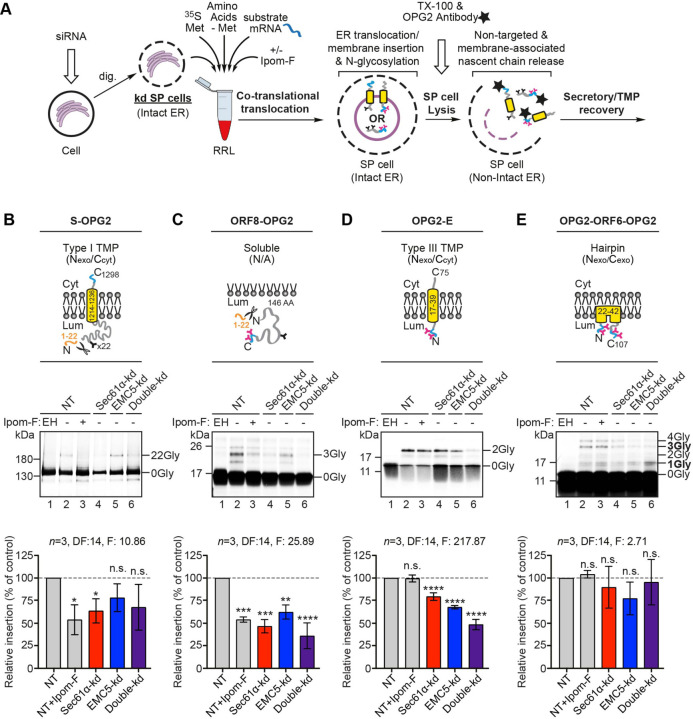Fig. 3. SARS-CoV-2 proteins are variably dependent on the Sec61 complex and/or the EMC for ER membrane translocation/insertion.
(A) Schematic of in vitro ER import assay using control SP cells, or those depleted of a subunit of the Sec61 complex and/or the EMC via siRNA. Following translation, OPG2-tagged translation products (i.e. membrane-associated and non-targeted nascent chains) were immunoprecipitated, resolved by SDS-PAGE and analysed by phosphorimaging. OPG2-tagged variants of the SARS-CoV-2 (B) spike (S-OPG2), (C) ORF8 (ORF8-OPG2), (D) envelope (OPG2-E) and (E) ORF6 (OPG2-ORF6-OPG2 species (labelled as for Fig. 2) were synthesised in rabbit reticulocyte lysate supplemented with control SP cells (lanes 1–2) or those with impaired Sec61 and/or EMC function (lanes 3–6). Radiolabelled products were recovered and analysed as in (A). Membrane translocation/insertion efficiency was determined using the ratio of the N-glycosylation of lumenal domains, identified using Endo H (EH, lane 1), relative to the NT control (set to 100% translocation/insertion efficiency). Quantitations (n=3) and statistical significance (two-way ANOVA, DF and F values shown in the figure) determined as for Figure 2. Statistical significance: n.s., non-significant >0.1; *, P < 0.05; **, P < 0.01; ***, P < 0.001; ****, P < 0.0001.

